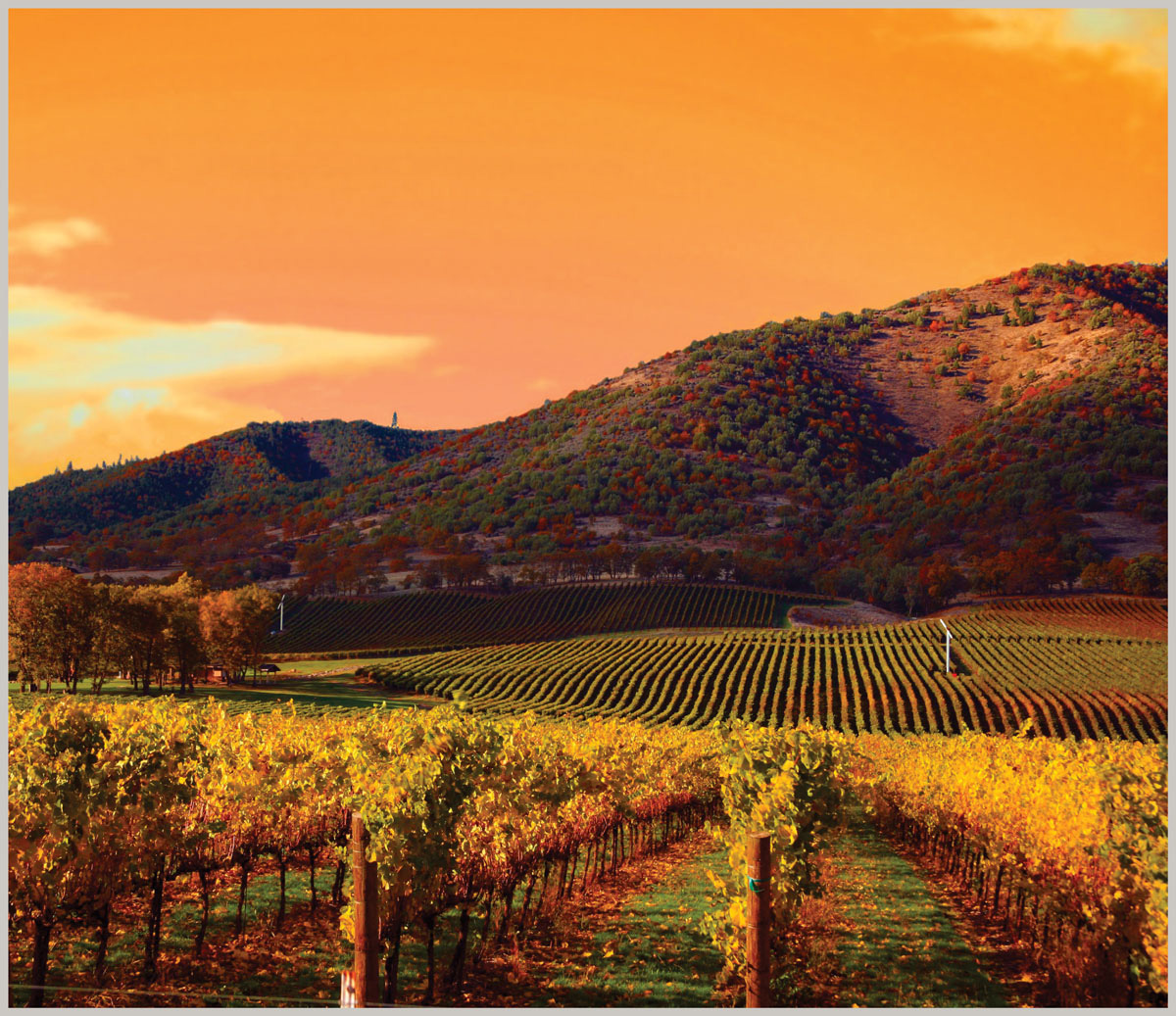 No oenophile should miss the breathtaking vistas and stellar vino of Argentina’s Mendoza Province. At some of the highest altitudes in the world, these robust vineyards take advantage of a winemaker’s Eden in the form of extremely mineral rich soil, over 300 days of sunshine each year, and stalwart protection of the massive Andes Mountains to the west. The area is considered the “Heart & Soul of Argentina’s Wine Country” and is where Europeans brought the art of winemaking over during the 1800s. That alone is worth a visit.
No oenophile should miss the breathtaking vistas and stellar vino of Argentina’s Mendoza Province. At some of the highest altitudes in the world, these robust vineyards take advantage of a winemaker’s Eden in the form of extremely mineral rich soil, over 300 days of sunshine each year, and stalwart protection of the massive Andes Mountains to the west. The area is considered the “Heart & Soul of Argentina’s Wine Country” and is where Europeans brought the art of winemaking over during the 1800s. That alone is worth a visit.
To put it simply, the areas are divided into four main growing regions. First is the famed Central Valley, which produces the highest volume of wine in the area. The must-see Central Region, centered on the Mendoza River, is just a short drive away. A bit further off, you can plan to pack a box lunch and fill up the gas tank for a trip away from it all by heading out to the Southern Region, about 160 miles outside the city with postcard views en route. Finally, there’s the emerging talent of the Uca Valley, which has produced some of Argentina’s best premium offerings of late. The Valley’s high elevation means that the grape plants have to fight to survive which results in thicker stalks and skins, which add to the intricacy of the juice, resulting in some of the world’s finest Malbecs in a country known for its stunning Malbecs.
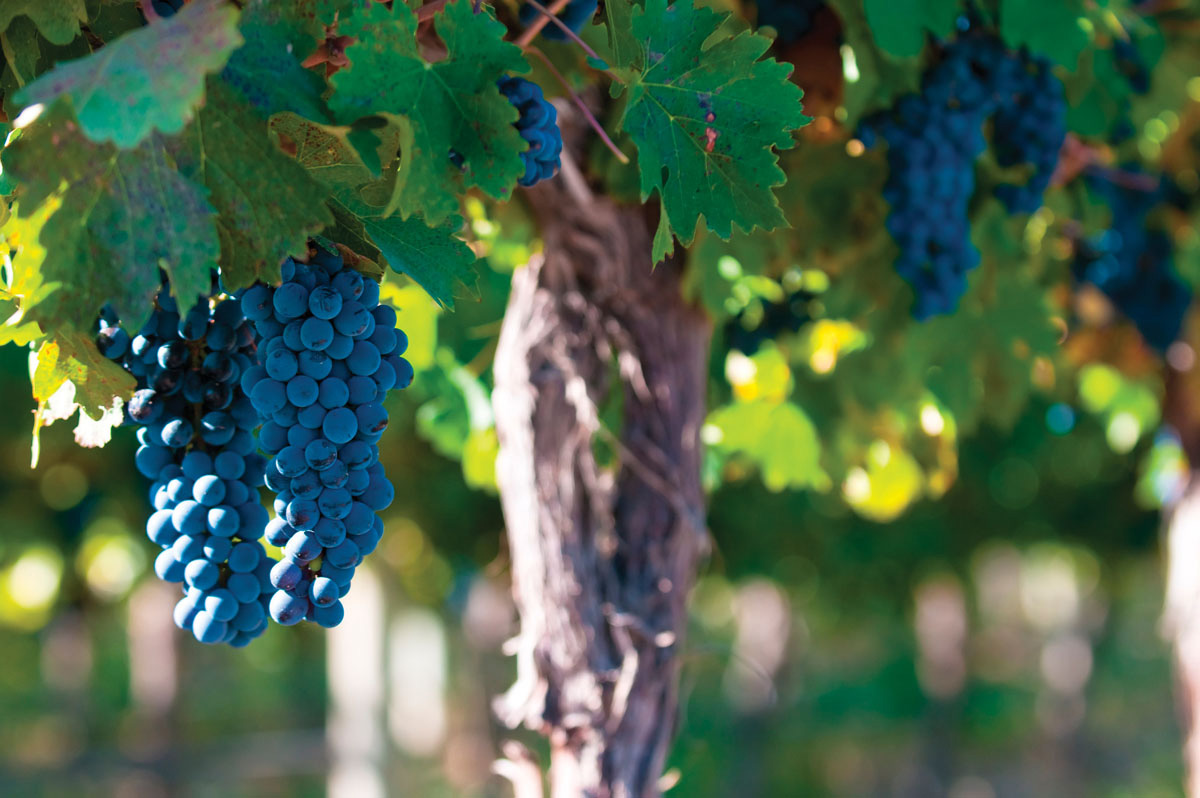 On a recent trip to Argentina’s wine country, our adventure started off with a day tour to Maipu, just a short distance from the provincial capital city of Mendoza. Getting out of the car in Maipu is like stepping back 100 years, thanks to the restored historic wineries that pioneered the art of the grape in South America. The once abandoned properties have been resurrected with great respect to their history, while housing the technology to produce modern world-class wines. The traditional Asado lunch has been updated as well, featuring gourmet elements that, yet again, hold a great respect for the past and tradition.
On a recent trip to Argentina’s wine country, our adventure started off with a day tour to Maipu, just a short distance from the provincial capital city of Mendoza. Getting out of the car in Maipu is like stepping back 100 years, thanks to the restored historic wineries that pioneered the art of the grape in South America. The once abandoned properties have been resurrected with great respect to their history, while housing the technology to produce modern world-class wines. The traditional Asado lunch has been updated as well, featuring gourmet elements that, yet again, hold a great respect for the past and tradition.
The second day of our journey saw us in Lujan de Cuyo, of Malbec fame. Charming old wineries brush shoulders with new boutique establishments that add a chic feel to the city and allow Lujan de Cuyo to offer vast contrasts in their wine offerings and gourmet multi-course meals. Stay into the evening to enjoy the breath-stopping views that can only be found in the Andes throughout the day’s various lights.
One day in the Uco Valley is not enough. Think of California’s Napa Valley 25 years ago and you have a good handle on Uco. Even higher up than Lujan de Cuyo, the vineyards reach an astounding 4,600 feet. In addition to too many wines to taste and too much food to eat, one notable highlight of the Uco Valley are the fun tours with knowledgeable guides in which visitors learned about the varieties of grapes in the area, the unique challenge of growing nd the conduction systems typical of this region including irrigation, the complex winemaking process and the aging of wines.
 A little over, Chilean wine has a long pedigree dating back to 16th Century Spanish conquistadors, with some of the most significant vinticulture today being done just across the Andes from Argentina. The nearness to the Dry Andes means a rare, wide diurnal temperature variation between day and nighttime temps. This dramatic drop in temperature is vital in maintaining the grapes high levels of acidity. When combined with the lengthy hours of uninterrupted sunshine the grapes get each day, the results are matchless flavonoids, meaning Chilean wines are richer in antioxidants.
A little over, Chilean wine has a long pedigree dating back to 16th Century Spanish conquistadors, with some of the most significant vinticulture today being done just across the Andes from Argentina. The nearness to the Dry Andes means a rare, wide diurnal temperature variation between day and nighttime temps. This dramatic drop in temperature is vital in maintaining the grapes high levels of acidity. When combined with the lengthy hours of uninterrupted sunshine the grapes get each day, the results are matchless flavonoids, meaning Chilean wines are richer in antioxidants.
It’s important to note as you plan your trip that they are called the Dry Andes for a reason, meaning that much of Chile’s wine regions require irrigation, collecting the precious water from melting snow caps in the Andes. This practice adds further to the unique growing process of the region.
Located directly across from Argentina’s Mendoza Region, and near the sophisticated city of Santiago, is the Valle Central, with its four subregions: the widely cultivated Maipo Valley, known for its Cabernet Sauvignon; Rapel Valley, also respected for its Cabernet; Curicó Valley, which plants both red and white varietals but is best known for its Chardonnay; and Maule Valley, recognized for the local Pais and its recently increased planting in other red varietals.
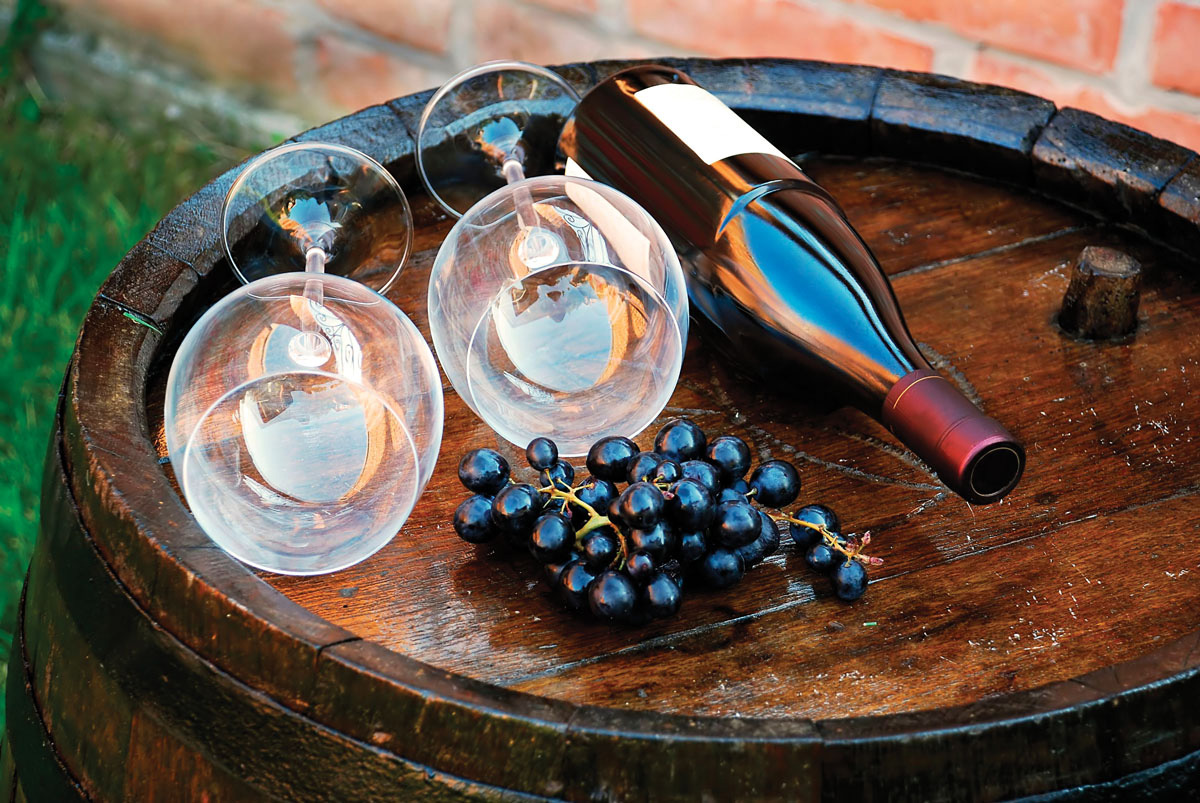 The Cabernet Sauvignon lover will feel as though they have arrived in heaven when they enter the Maipo Valley. As the oldest wine-producing valley in Chile, it’s home to some of Chile’s largest and most traditional wineries. For balance, there are some unique up-and-coming boutique wineries that are owned by Chileans who have opted for French, Italian and U.S. winemaker partners, further distinguishing them. The two days we spent in Maipo were an exercise in how many wineries we could tour in less than 48 hours. Our best advice: Wear comfortable shoes and pace yourself!
The Cabernet Sauvignon lover will feel as though they have arrived in heaven when they enter the Maipo Valley. As the oldest wine-producing valley in Chile, it’s home to some of Chile’s largest and most traditional wineries. For balance, there are some unique up-and-coming boutique wineries that are owned by Chileans who have opted for French, Italian and U.S. winemaker partners, further distinguishing them. The two days we spent in Maipo were an exercise in how many wineries we could tour in less than 48 hours. Our best advice: Wear comfortable shoes and pace yourself!
Can’t-Miss
wineries
From the vibrant Mendoza Valley to the Valle Central, the following are just a small sampling of the must-visit wineries that infuse this vast South American oasis to the grapes in your wine glass.
 Bodega Andeluna
Bodega Andeluna
Uco Valley, Argentina
Known for their leading blend called Pasionado, the winery features one of the most gorgeous and charming tasting rooms around and a great view of the Andes.
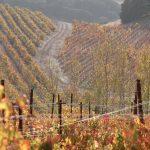 Bodega O’Fournier
Bodega O’Fournier
Uco Valley, Argentina
Found on a secluded back road, this winery features architecture that is as intriguing as its top wine, A Crux, a delightful blend of Malbec and Tempranillo varieties.
 Bodega Salentein
Bodega Salentein
Uco Valley, Argentina
This winery is crafted in the distinctive style of Bormida Yanzon, Mendoza’s revered winery architect. Make sure to sample their Salentein & Numina lines and visit the cellar.
 Vines of Mendoza
Vines of Mendoza
Mendoza, Argentina
Not a winery itself, the Tasting Room offers more than 100 wines by the glass as well as an orientation on Mendoza wine regions, wineries, wines and varietals.
 Concha y Toro
Concha y Toro
Maipo Valley, Chile
Founded in 1883, this is one of the largest and oldest vineyards in Chile. It is known for its beautifully landscaped gardens and is home to Castillero del Diablo.
 Viña San Pedro
Viña San Pedro
Molina, Chile
Offers horseback treks to a scenic lookout, complete with gourmet picnic. Its Gato Negro line recently won Impact’s “Hot Brand” award for the second year in a row.
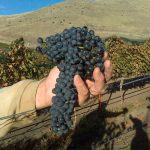 Viña Undurraga
Viña Undurraga
Talagante, Chile
Sample a selection of fine wine in a romantic setting of 1885 underground cellars and a 19th Century park designed by famous French landscape architect Pierre Dubois.











